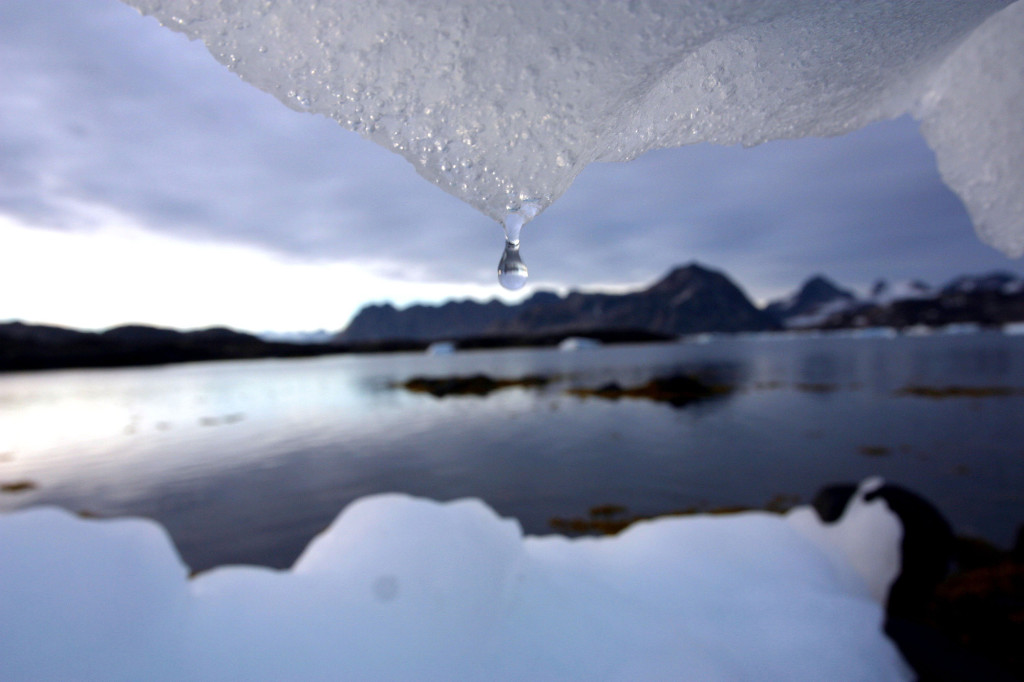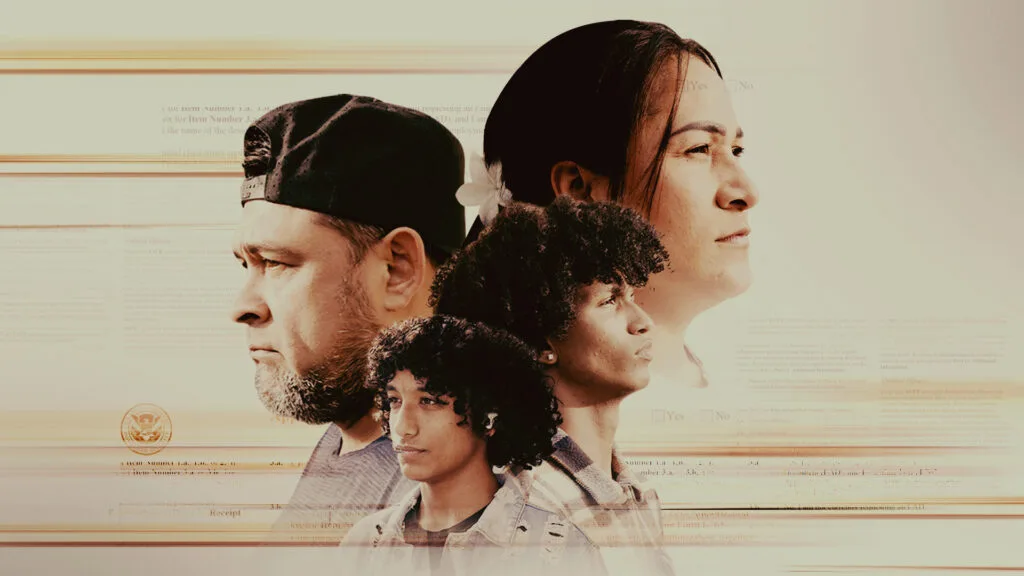How Climate Change May Lead to Bigger Blizzards

January 26, 2015
Share
With every winter storm, including the blizzard hitting the Northeast this week, climate change skeptics return to a familiar argument: If the world is getting warmer, why am I stuck out here, shoveling so much snow?
Climate scientists tell FRONTLINE that blizzards don’t refute evidence of climate change — in fact, climate change can make blizzards more intense. The first thing people need to understand, they say, is the difference between climate and weather.
Also read: 2014 Was the Warmest Year on Record, NASA and NOAA Say
“Weather is telling us what is happening at a particular time,” said Rutgers Climate Institute co-director Anthony Broccoli. “Climate is telling us the statistics of the weather we experience. One analogy that is often used is that weather determines what clothes you wear on a particular day, but climate describes what clothes you have hanging in your closet.”
So what will we be wearing in the future? Climate change may mean that people in cold regions will spend fewer days in snow boots. But on the days they need them, they’ll really need them.
“You have to remember that there are two factors that result in heavy snow: It has to be cold enough to snow, and the atmosphere has to be moist,” said Michael Oppenheimer, a professor of Geosciences and International Affairs at Princeton University.
Also read: How Has the World Warmed Where You Live?
Winters will likely get shorter as a result of climate change, Oppenheimer said. “On the other hand,” he said, “during the period when it is cold enough to snow, if you’ve got enough moisture in the air, you can get some wicked big snowstorms.”
Why does climate change lead to more moisture?
“The maximum amount of water vapor that can be present increases with increasing temperatures. That’s just a consequence of the laws of physics,” Broccoli said.
Global sea temperatures have gone up about one degree Fahrenheit since the 1970s because of human activity, said Kevin Trenberth, a distinguished senior scientist in climate analysis at the National Center for Atmospheric Research.
The higher sea temperatures lead to higher temperatures above the sea surface. That warmth moves throughout the year, and at this time of year, gathers off the East Coast.
“If we have a storm that’s developing, it reaches out as far as a thousand miles away and grabs the available moisture, and brings it into the storm so that it snows harder,” Trenberth said. “At this time of year, this is exactly what you expect.”
And what should we expect in the coming years? Perhaps the same pattern we’re seeing lately, suggests Oppenheimer.
“The bottom line is in the future we’ll have a shorter snow season overall but more very intense storms,” he said. “Has this already started? Probably so.”
If you’re hunkered down for this week’s blizzard, this might be a good time to nestle up with Climate of Doubt, FRONTLINE’s look inside the groups that have shifted the direction of the climate change debate. You can watch it here:
Related Documentaries
Latest Documentaries
Related Stories
Related Stories
Policies
Teacher Center
Funding for FRONTLINE is provided through the support of PBS viewers and by the Corporation for Public Broadcasting. Additional funding is provided by the Abrams Foundation; Park Foundation; the John D. and Catherine T. MacArthur Foundation; and the FRONTLINE Journalism Fund with major support from Jon and Jo Ann Hagler on behalf of the Jon L. Hagler Foundation, and additional support from Koo and Patricia Yuen. FRONTLINE is a registered trademark of WGBH Educational Foundation. Web Site Copyright ©1995-2025 WGBH Educational Foundation. PBS is a 501(c)(3) not-for-profit organization.



















